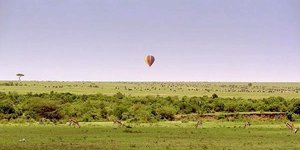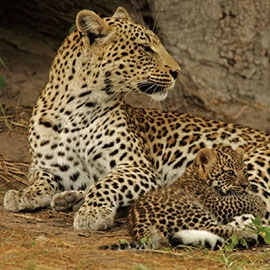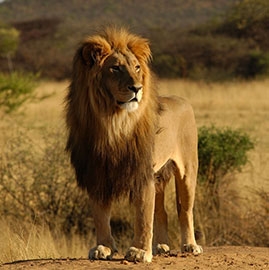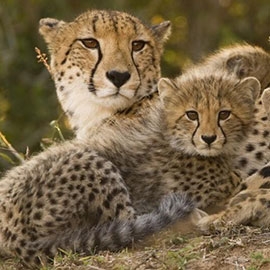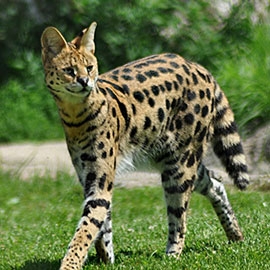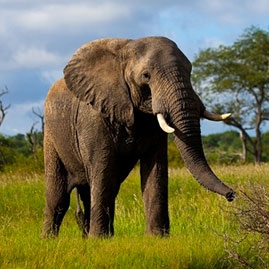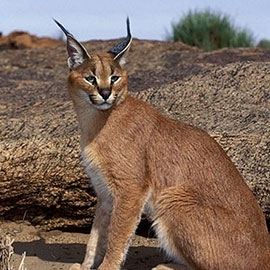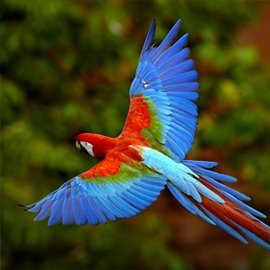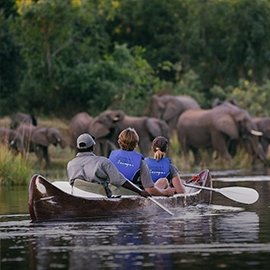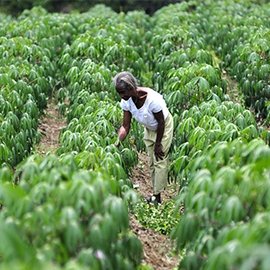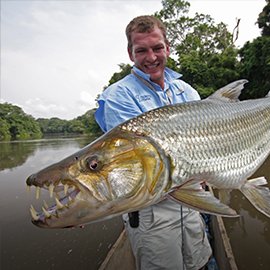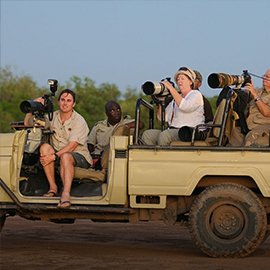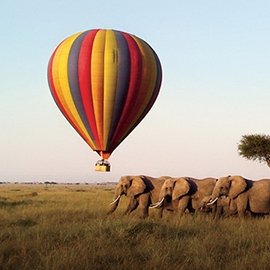Mana Pools National Park
Safari suitability: 7/10
Find your tour4 of big 5 (no rhinos). Access is difficult, canoe safaris are the specialty and the fishing is exceptional.
What YAS members think
Highlights
- Four large natural pools of water
- Shared wildlife reserve with Zambia’s Lower Zambezi National Park
- Many options for safaris, tours and hikes
- Best time to visit: June through September
About Mana Pools National Park
Mana Pools National Park is in the northernmost area of Zimbabwe and shares a footprint with Zambia’s Lower Zambezi National Park and is bound on the east by the Mozambique border. The word mana means four in a local Bantu language, and refers to the four bodies of water located in this park. The pools, or bodies of water, are where hippos, crocodiles, zebra and other wildlife flourish.
Mana Pools wildlife
Four of the big five are represented at Mana Pools, with the last remaining black rhinos moved to other locations for their safety.
Access to the park is difficult from within Zimbabwe. The roads leading to the southern entrance are their own motorized safaris. The closet city with an international airport is Lusaka in Zambia.
When to visit Mana Pools National Park
Zimbabwe has a rainy season from October to April, when the roads can be impassable and the days are humid and sticky. The dry season is both hot and cool, but never very cold nor extremely hot. The ideal season for safaris and wildlife viewing is during the dry season: June through September.
I had such a fab time here! Like some of the other reviewers, I included a canoe safari and was able to get so close to the wildlife. I had the misfortune of going near the end of the rainy season, and it was so hot and muggy the day I was canoeing. But, the small time I was there has made me want to return during the dry season. Bring a waterproof bag for your camera.
Sort by:
Mana Pools is a perfect mix of serenity and extreme excitement. On one hand, the never-ending scenes of flat plains which surround the winding Zambezi River successfully leaves one drooling at the beauty of the setting. Theres something special about being by this magical body of water. Gazing out past the river is one of the closest things to perfection that Ive ever seen, and theres no doubt that this picture would be extremely hard to beat. On the other hand, Mana Pools is home to some of the most exhilarating wildlife interactions. With the wide range of predators that reside in the park - there are many instances that might shock the audience. Some might not have realised that survival of the fittest is a true and, actually, a rather low key description of what happens in this wild arena. A lion kill in action isnt a scene for the faint hearted. But, it is true that this all simply takes place in the name of survival. These sightings are deafening, intense and a more accurate description would be savage. After all, it is Africa, and it is the wild. It is incredible.
Mana Pools is a UNESCO World Heritage Site on the southern bank of the Zambezi. Along this stretch the mighty river is surrounded by floodplains, islands, channels and sandbanks. The broad winding river and lush green trees and vegetation that line the bank are set against a backdrop of hazy mountains, creating magic scenery. The wildlife is abundant. Elephants are everywhere. Hippos, buffalo, zebras and hyenas are common. You might also see lions and leopards, and if you are lucky, cheetahs. Mana Pools is one of the few places in Africa where you have a good chance of seeing wild dogs. The best way to explore the park is by canoe. There is nothing quite like gliding down the river, watching herds of elephants and buffalo grazing on the floodplains. A variety of animals come down to the river to drink, and you are surrounded by prodigious bird life. Close encounters with hippos and crocodiles are sure to make your adrenalin rush. The open terrain and high density of varied wildlife is also ideal for walking safaris. Mana Pools is the only national park in Zimbabwe, and one of the few in Africa, that allows visitors to walk around unaccompanied. Zimbabwe National Parks has 5 self-catering lodges, a large communal campsite, and some private campsites inside the Park. Mana Pools is remote from any human settlement, and it is recommended to travel in a convoy of at least two vehicles in case something happens. You should take with you spare tires, plenty of food and water, and anything else you might need. If you want more comfort, there is a couple of excellent luxury lodges located just outside the park.
Foreign visitors rarely make it to Zimbabwe, put off by the country's misguided reputation. Zimbabwean people are some of the kindest and most welcoming in the world, and when they see a foreign face they're desperate to show that their reputation is undeserved. It's a very safe and beautiful country, marred by political news stories. At Mana Pools, I was the only tourist. Located beside the lower Zambezi River, the park blossoms into a broad expanse of lakes during the rainy season. From a viewing deck I spent six hours watching the continual flow of elephants coming to access a water hole. Lone males were chased of by large herds, who respected each other's power and waited for this turn. Elephants interacted amusingly, some desperate for status but one always controlling who could access the water. Hippos and crocodiles were regularly spotted on game drives. The former always hidden apart from a telltale snout, the latter always playing dead in the sun. Buffalo were also migrating in large numbers. They're strange creatures, shabby haired beasts who seem to define the word nomadic. But Mana Pools' star attraction is the solitude. There are no other people, just animal life going about its business. Don't come expecting to get awe inspiring photos. Put your camera away and watch another world slowly reveal itself.
 Australia
Australia
Mana would have to be, in my humble opinion, one of the most underrated game parks in Africa. For game viewing, this is hand down as good as anything youll find in Kenya and Tanzania, yet the fact that its a pain in the butt to reach and not nearly as organized means your feeling of being completely out in the wilderness is multiplies ten-fold. Took our group of overland tourists here so we were completely self-sufficient for two days and bush camped (sorry, cant review any camps). We did not see a single tourist-filled 4WD the entire time we were in there, only hordes of hippos, zebras, hyenas, wild dogs and an unbelievable amount of crocodiles in the Zambezi. The elephants were some of the largest wed ever seen in Africa, so perhaps they also appreciate the tranquility here. The scenery here is absolutely breathtaking and the fact it is not as visited as Hwange makes it infinitely more attractive...to us tour guides anyway! Seriously, park yourself up by the riverside, enjoy the mountainous backdrop and just be patient, this is one animal kingdom where the animals will all, at some stage, find you instead.
The nearest international airport is in Lusaka, Zambia, which means a border crossing is required. In normal weather conditions, the drive is around 3.5 hours. Harare, the capital of Zimbabwe, is the next-closest international airport and is about 5 hours away.
Mana Pools map
Related articles
Latest photos
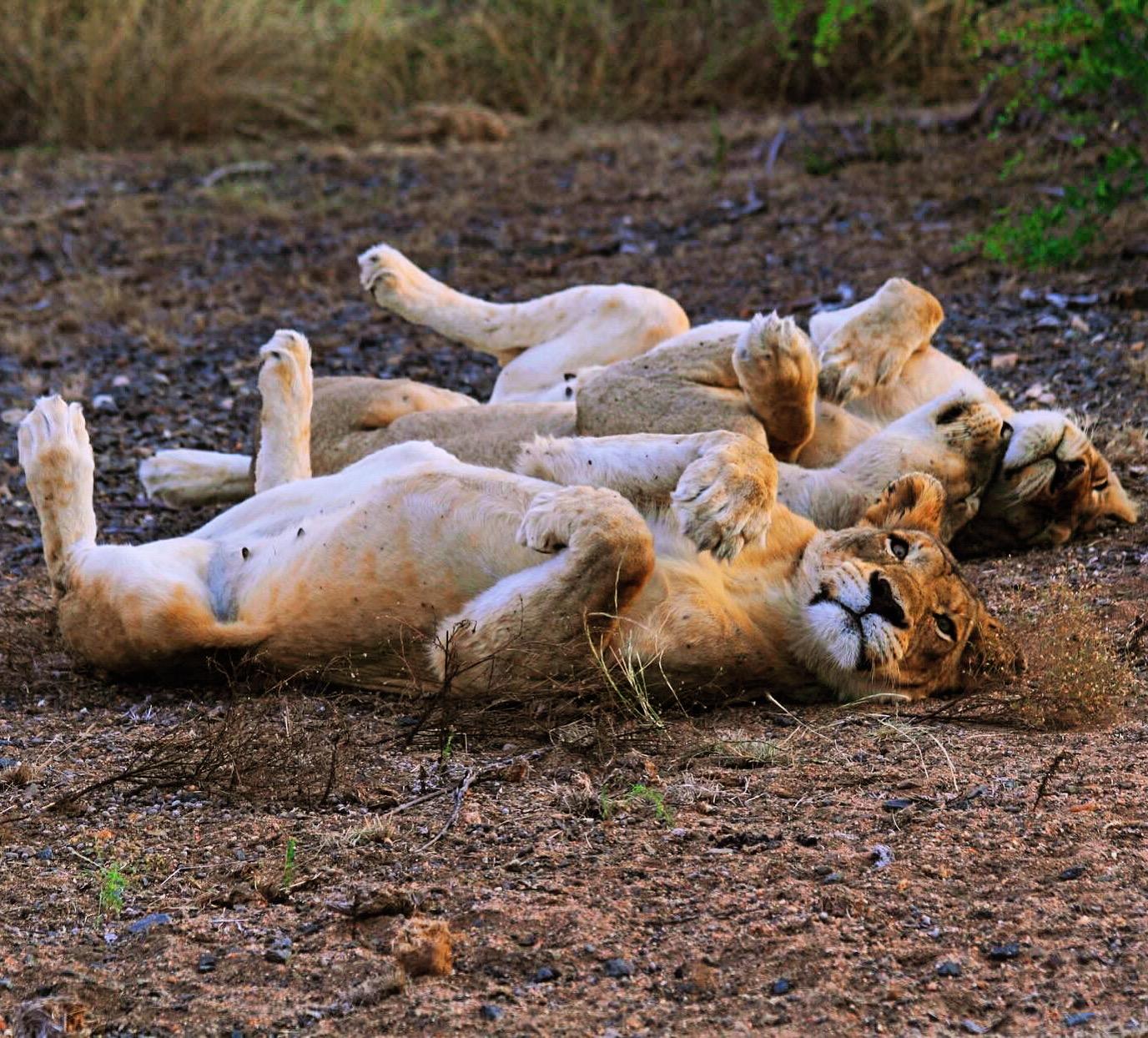


 United States
United States
 Zimbabwe
Zimbabwe
 Netherlands
Netherlands

